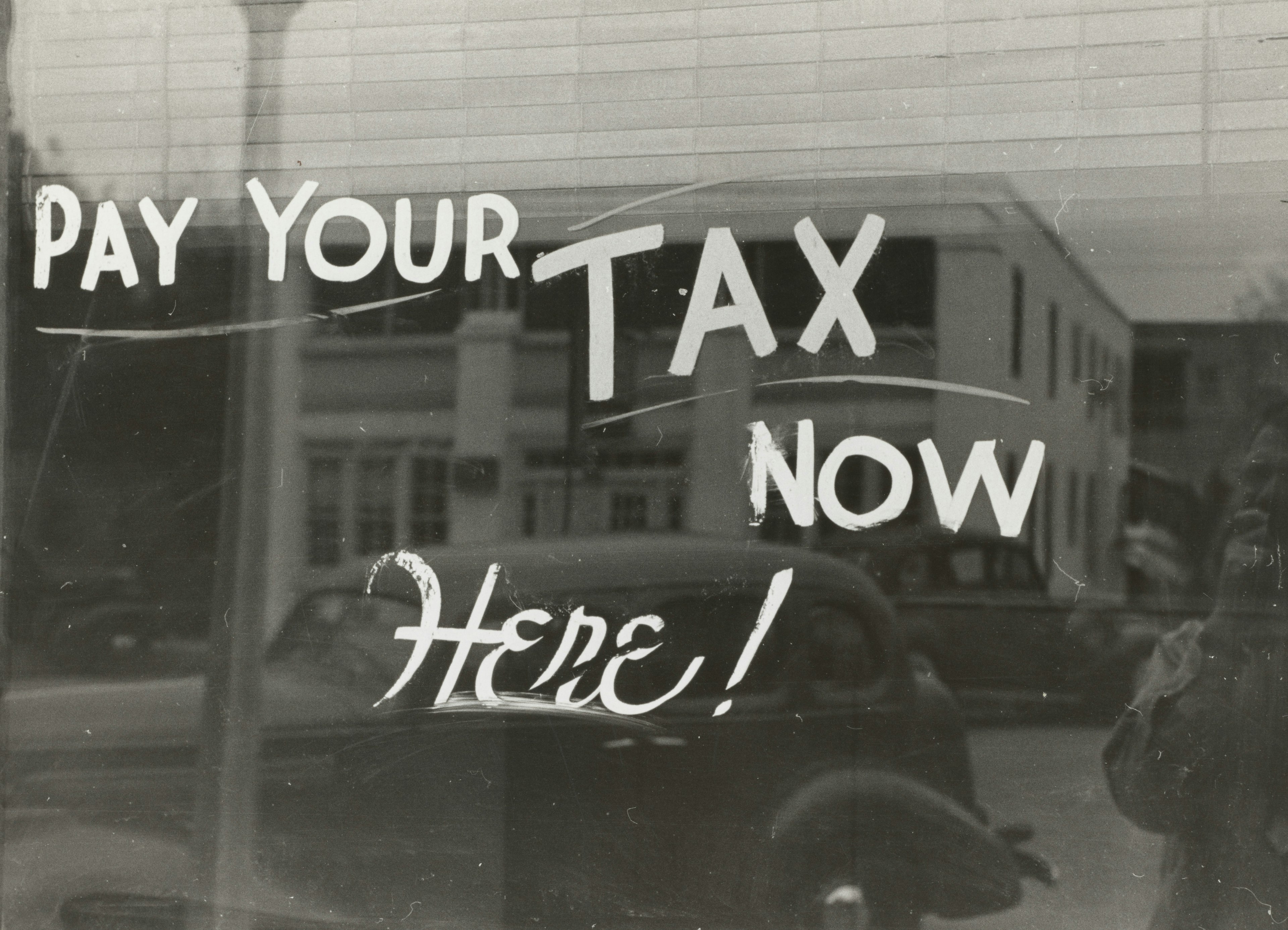Key Takeaways
Form 8881 allows small businesses to claim tax credits created by the SECURE Act
The credits cover the costs of starting a new retirement plan and adding an auto-enrollment option in a new plan (or adding it to an existing plan).
Learn how you can file for SECURE Act tax credits using Form 8881
What is Form 8881?
Form 8881 is the document small businesses file with the IRS in order to claim either of the tax credits for the cost of starting a new retirement plan or for including an auto-enrollment option in the plan.
These tax credits were increased or established in the SECURE Act, originally signed into law in 2019, to encourage more small businesses to offer their employees a retirement benefit. SECURE Act 2.0, was signed into law in December 2022, and added more than 90 new retirement plan provisions (read about the updates here).
Part 1 allows eligible small employers to claim the credit for qualified startup costs incurred in establishing or administering an eligible employer plan. This credit is allowed under section 45E and is part of the general business credit.
Part II is used by eligible small employers to claim the credit for automatically enrolling eligible employees into an eligible retirement plan. This credit is allowed under section 45T.
Part III covers credit for military spouse employees participating in the plan and allows small business employers to enter the number of military spouse employees participating in an eligible plan.
How does my business claim SECURE Act tax credits?
Qualifying businesses must file IRS Form 8881, the Credit for Small Employer Pension Plan Startup Costs, with their tax return.
Are you ready for SECURE Act 2.0?
Watch our on-demand webinar to learn what SECURE 2.0 means for your business and your employees.
Does my business qualify for the startup tax credit?
A business is eligible for the startup tax credit if it:
Had no more than 100 employees who were paid at least $5,000 in the year before it set up the plan (employees paid less than $5,000 don’t count toward the total).
Did not have a retirement plan in the three years prior to the new plan and which covered substantially the same employees as the new plan.
Eligibility for the second, auto-enrollment tax credit depends only on the first of those two requirements. An employer can still qualify for the auto-enrollment credit if they previously had a retirement plan that did not include that option.
It’s worth keeping in mind that the tax code does not always use the same definition of “small employer,” though it is usually capped at either 50 or 100 employees.
What types of plans qualify for the startup tax credit?
Most retirement plans commonly offered by small businesses that have at least one eligible employee who is not a highly compensated employee qualify for the startup tax credits:
401(k) plans, including safe harbor plans
403(b) plans
SEP IRAs
SIMPLE IRAs
The SECURE 2.0 legislation expanded eligibility for the tax credits to employers who join existing multiple employer plans (MEPs) based on the year they joined, retroactive through 2020, rather than only if they join new plans.
It’s important to know that SECURE 2.0 legislation also created some new mandates for 401(k) and 403(b) plans, including requiring automatic enrollment of eligible employees in plans established after December 29, 2022, effective with plan years starting in 2025. Plans sponsored by employers with 10 or fewer employees are exempt. For more details on the new mandates, read our SECURE 2.0 update.
How do SECURE Act tax credits work?
Startup tax credits
SECURE Act 2.0 doubled the tax credit for new plans at small businesses with up to 50 employees so as to cover 100% of plan start-up costs (up from 50%). It remains capped annually at $5,000 per employer for each of the first three years, which could mean lowering the total taxes a business pays by $15,000. Eligible businesses with 51 to 100 employees are still subject to original SECURE Act tax credits—or, 50% of administrative costs with the same $5,000/three-year cap.
The second tax credit, for including automatic enrollment (auto-enroll), is $500 for the first three years an eligible employer includes this option in an eligible employer plan.
Employer match credits
SECURE Act 2.0 also added an employer match tax credit to cover employer contributions for the first five tax years beginning with the year the plan started. The tax credit is the applicable percentage of employer contributions on behalf of employees who make less than $100,000, up to $1,000 per employee (excluding employer contributions as elective deferrals under Code Sec. 402(g)(3) or to a defined benefit plan under Code Sec. 414(j)).
Eligible employers with between 51 and 100 employees qualify for a credit equal to the $1,000 cap above, but phased out by 2% points for each employee in excess of 50 for the preceding taxable year.
The match credit is then phased out based upon the number of years the plan has been active:
100% in the first and second years
75% in the third year
50% in the fourth year
25% in the fifth year
What are qualified startup costs?
The IRS defines qualified startup costs as expenses paid or incurred in establishing or administering an eligible employer plan, or educating employees about the plan’s options and benefits. According to the IRS, businesses cannot claim both the tax credit and a deduction for the total startup costs of a retirement plan. Employers must reduce the otherwise allowable deduction for startup costs by the credit amount claimed on Form 8881.
Have questions about establishing a new retirement plan—or making changes to an existing one? Human Interest can help determine what plan will work best for your business. Contact us to learn about our small business 401(k) and 403(b) plans.
Article By
The Human Interest TeamWe believe that everyone deserves access to a secure financial future, which is why we make it easy to provide a 401(k) to your employees. Human Interest offers a low-cost 401(k) with automated administration, built-in investment education, and integration with leading payroll providers.


